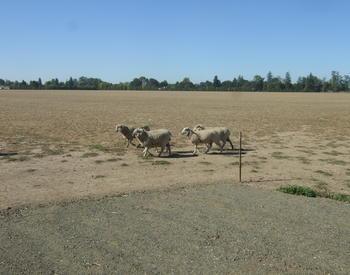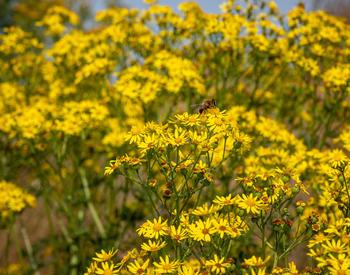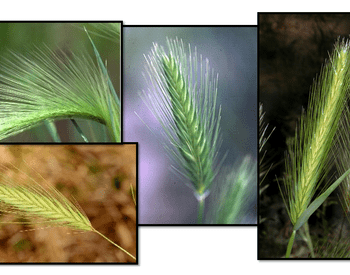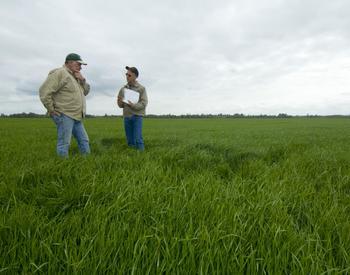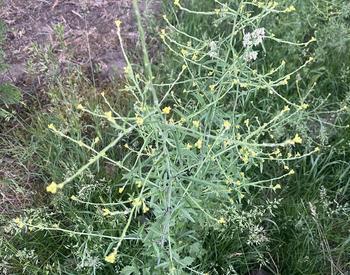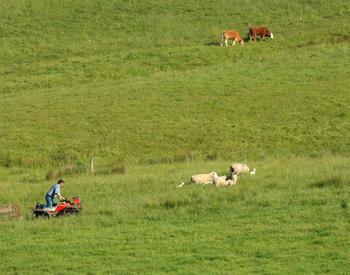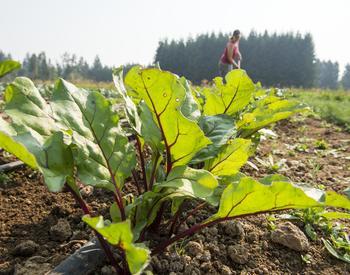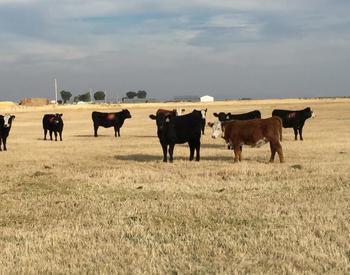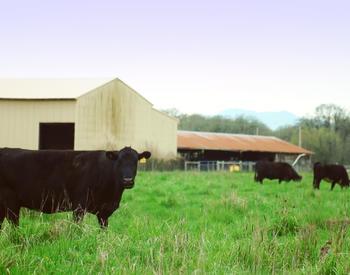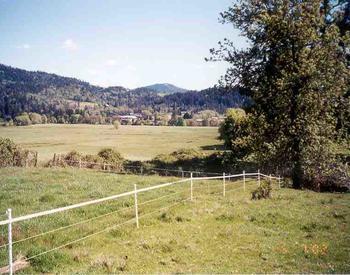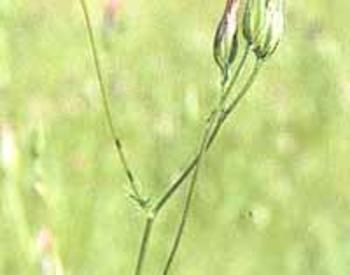Strategic timing for current marketing conditions is essential to making sure you have enough good quality hay stored for your livestock. This is especially true if you were ever short on feed in the past, and got caught having to pay very high prices for hay. Find current prices and trends on the USDA Ag Marketing Service hay page (https://www.ams.usda.gov/market-news/hay-reports) and sites such as Ag West's Hay Market Snapshot (https://www.northwestfcs.com/ag-industries/snapshot/view/hay-market-sna…).
Often, buying hay right out of the field is more economical than buying it once in storage. And, you can scout around and find hay that was harvested early, rather than hay cut late into July. Usually, this late cut forage is of advanced maturity and of low quality (fully headed out seed heads and fibrous stems).
Another possibility is that if you already have put up plenty of exceptionally high quality hay, you may be able to profit some from your hay inventory. You could sell a portion of your higher-quality hay and buy hay that more closely fits the needs of your livestock.
The hay you store and feed does not usually perfectly match the nutrient requirements of your livestock — nor does it need to. Because the ruminant animal uses microbial enzymes to digest fiber, these animals can use lower-quality forages, including some standing forage in the pasture, if you also provide a protein supplement.
Alfalfa hay is one of the most economical protein supplements available. And, you only have to feed a protein supplement every other day or every three days. This is because the ruminant can recycle nitrogen from the protein through its liver and back into the rumen to keep the microbes happy.
There are two steps to ensuring you have enough hay of the correct nutritional value. The first step is to calculate the amount of hay you need per cow, sheep or other herbivore. Most livestock will eat about 2.5% to 3% of their body weight in dry feed. So, a 1,200-pound cow will eat about 36 pounds of dry matter per day (1,200 x .03). A 134-pound ewe will eat about 4 pounds of DM per day.
The rule of thumb used to be to store 2 tons per cow for the winter. But lately there have been longer periods (summer and winter) of low productivity in the pastures, and it may be necessary to keep closer to 3 tons of hay per cow in reserves.
Check nutrient levels
The second step in storing up hay for livestock is to make sure it has the appropriate nutrients your animals need. Have the hay tested for protein and energy content. Borrow a hay probe from your local OSU Extension Service, take samples from 20 or so bales of the same lot, combine these subsamples into one composite sample, and send to it a certified laboratory. If you have more than one lot (different harvest or purchased hay), collect separate samples of each.
See the OSU Beef Nutrition Workbook for information on evaluating forages, animal requirements, and feeding and supplementing livestock. Also, see Getting Started with Sheep and Goats: Nutrition and Feeding.
For current prices of various qualities of hay in the Pacific Northwest and elsewhere, see USDA Hay Reports. While you can find a wide range of prices in western Oregon, this report will give you a good idea of the going rate for hay.
Fair and Good quality hay is sufficient for a base forage for most of our livestock. Supreme and Premium qualities are good for supplementation of the Good and Fair quality hays.
Consider having a truckload of hay delivered to your farm and selling excess to neighbors who could otherwise get stuck with low stores this winter. You will need a good storage facility for all of it – or, work out a group purchase and have it loaded into neighbors' barns before the rains come.
Cull animals
Sometimes winter and spring weather conditions reduce spring forage growth, and producers find they have too many livestock for the amount of feed they have stored away. Consider culling undesirable animals. Have your veterinarian check your cows and ewes for pregnancy and get rid of the open ones promptly while market conditions are favorable. Cows are normally culled in the late summer or early fall after calves are weaned. That means the market is flooded and prices are lower at that time compared to the winter or spring months.
Another option in times of forage shortages is to feed grass seed straw or grass screening pellets. There are two things you should be aware of when buying grass straw — endophyte concentration and nutrient content.
As you may know, endophytes are a type of fungus that helps protect the plant from disease. They are bred into turfgrass-type fescues but are toxic to livestock. The forage-type fescues and ryegrass sold in Oregon are endophyte-free.
If you choose to buy fescue or ryegrass straw products, make sure they are low-endophyte or blend them with another feed so the total diet is low in endophyte concentration. Testing is advised, but if you don’t do that, at least blend them 50:50 with another forage.
Feed grain
Feeding some grain is another way to conserve forage. Depending on the cost of grain and hay, it may or may not be more expensive. Slowly adapt the animals to grain diets by substituting a few pounds of grain for a few pounds of hay. Every few days, increase the amount of grain in the diet, until you reach the desired grain level. This could be done over a period of two to three weeks.
Buy hay early and be prepared!
